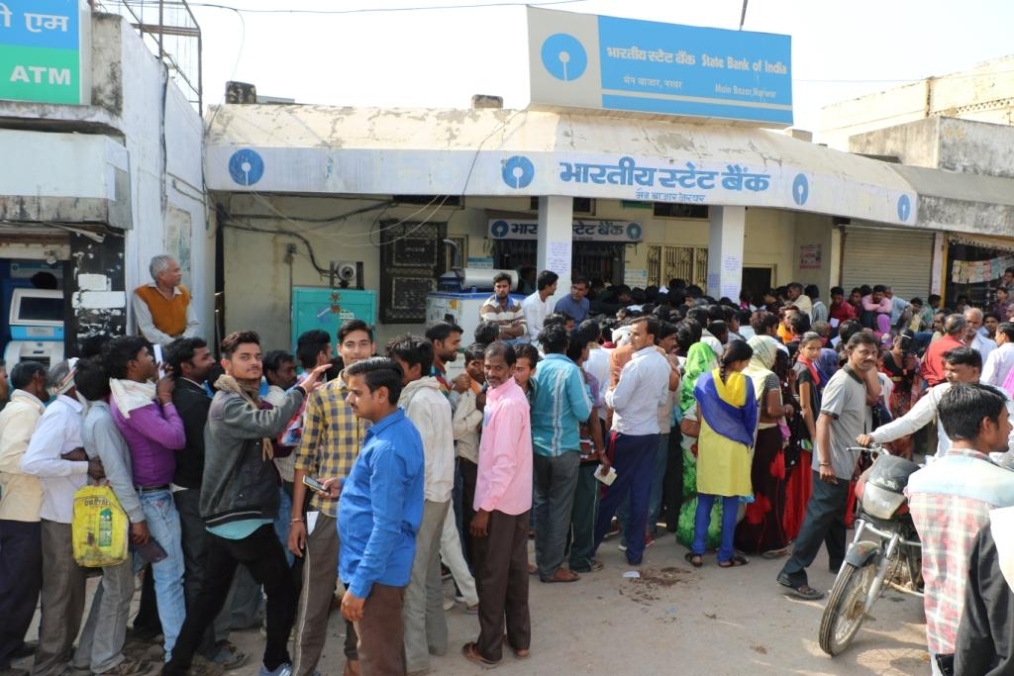
Indian banks' loan growth predicted to be below 10% in FY17
It may even slow from the 8.8% recorded in FY16, says Fitch.
Demonetisation has weighed on loan growth, at least in the short term. Loan demand has weakened in the uncertain economic environment and banks have had to focus on cash management instead of normal lending activities.
Here's more from Fitch Ratings:
Mortgage lending is likely to be affected, with home sales down by 44% yoy last quarter. Loan growth slowed to 4.8% in November 2016, from 6.7% in October. We now think it is likely that loan growth will be below our previous forecast of 10% in FY17 and may even slow from the 8.8% recorded in FY16.
It is still possible that demonetisation will support loan growth over the longer term. Indian banks have received a surge of low-cost funding as demonetised notes have been deposited.
Deposit growth accelerated to 15.9% yoy in November, from 9.2% in October, and the handful of banks that have released figures for the October-December quarter have reported low-cost deposit growth of 25%-30% yoy. Some banks have already responded by lowering lending rates - by up to 90bp in State Bank of India's case - which could help revive credit demand, particularly if there are further cuts.
We think there is scope for further lending rate cuts, but much will depend on the proportion of new deposits that remains in the banking system. Tight restrictions on cash withdrawals were imposed at the start of demonetisation and have so far been relaxed only slightly. The lasting impact on bank deposits - and lending rates - will become clear only after withdrawal limits are lifted.
Furthermore, lending growth is likely to remain constrained by other factors. Excess capacity and the large number of stalled projects across much of the industrial sector will limit loan demand from capital-intensive businesses.
The undercapitalisation of state-owned banks will also hold back lending. Fitch estimates Indian banks will require around USD90bn in new total capital by end-FYE19 to meet Basel III standards. The government is providing core equity, but its earmarked sum of USD10.4bn - around 70% of which is due to be paid out by March 2017 - may not be sufficient to meet needs, particularly if lending growth eventually picks up.






















 Advertise
Advertise






